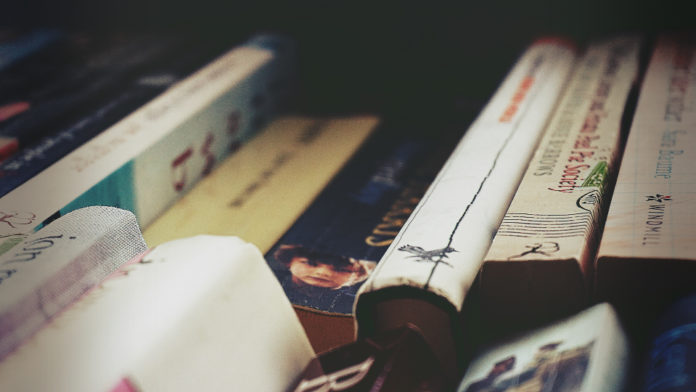About what inspires us every second – the world’s masterpieces of fine art. For those who love the world in all its diversity and can’t live without the beauty around them.
One of the most popular questions about culture is how to understand contemporary art. There are lectures, courses, and books about it. Often this is superficial knowledge that can help you understand basic trends or distinguish between happening and performance art. We have collected books that allow you to delve a little more into contemporary art and inspire you to explore further.
Particular Cases (Sternberg Press) by Boris Groys

A collection of essays by philosopher and art critic Boris Groys on trends in contemporary art, individual exhibitions, and artists, from Duchamp and Kandinsky to Schütte, Fischli, and Weiss. Examining each work or creative method of an artist outside of any general theory or history of art, without resorting to value judgments, Groys points to the concrete effect produced by encountering a particular work of art: what does contemplating Manzoni’s “Artist’s Shit” or Warhol’s “Campbell Soup Cans” give me as a viewer, and why will I no longer be the same after what I have seen? By the way, this is the first book in the publishing house that, because of quarantine, came out in an electronic version earlier than the paper version.
Sontag: Her Life and Work by Benjamin Moser
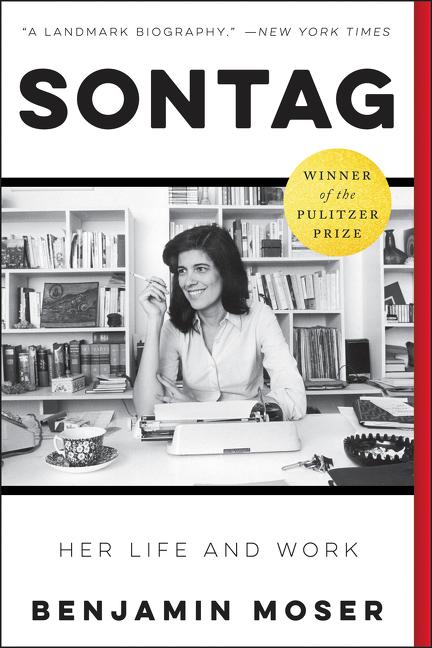
Journalist and translator Benjamin Moser worked on the detailed and thoughtful biography of American writer Susan Sontag for almost ten years, researching not only the life of Susan herself but also her immediate surroundings. In no time the book became a bestseller and won the Pulitzer Prize. Moser meticulously juxtaposes the facts of her biography with her diary entries, trying to answer why Zontag so easily deceived herself (or future diary readers she was convinced existed as a teenager)? An honest and not always complimentary look at the life of one of the most influential women in twentieth-century culture helps to make sense of the Sontag phenomenon and to realize once again the difficult fate of a woman thinker.
Dialogues With Marcel Duchamp (A Da Capo paperback) – Kindle edition by Cabanne, Pierre
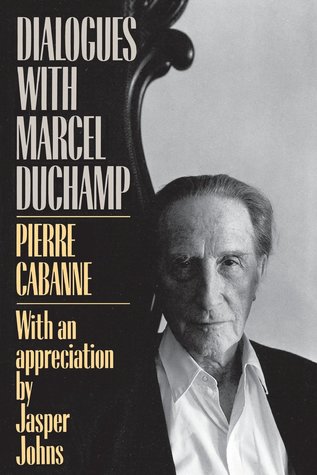
The French art critic had several lengthy conversations with Marcel Duchamp in 1966, when the artist was already in his eighties. Referring to his memories of his move to America, the emergence of redi-mades, and the Anonymous Community, Duchamp essentially tells the entire story of the emergence and development of modern art up to the second half of the twentieth century in an uninhibited narrative. Self-irony and a calm attitude toward lifetime fame reveal in Duchamp the rare type of artist who is truly unconcerned about questions of recognition: “I just lived, that’s all”.
“Cy Twombly” by Roland Barthes

This book includes two texts by Barth on the American painter Cy Twombly, written for the catalogs for the artist’s exhibitions in the 1970s. With his characteristic paradoxical judgments, Roland Bart turns to Twombly’s works, trying to explain the inexplicable: the essence of the enchanting appeal of the artist’s “easy” style and the techniques of creating “handwriting”. Considering the “rarefaction” of Twombly’s paintings, Barth compares his artistic practice to the teachings of the Tao and points out that Twombly’s art “does not seek to acquire anything.
The Tradition of the New by Harold Rosenberg
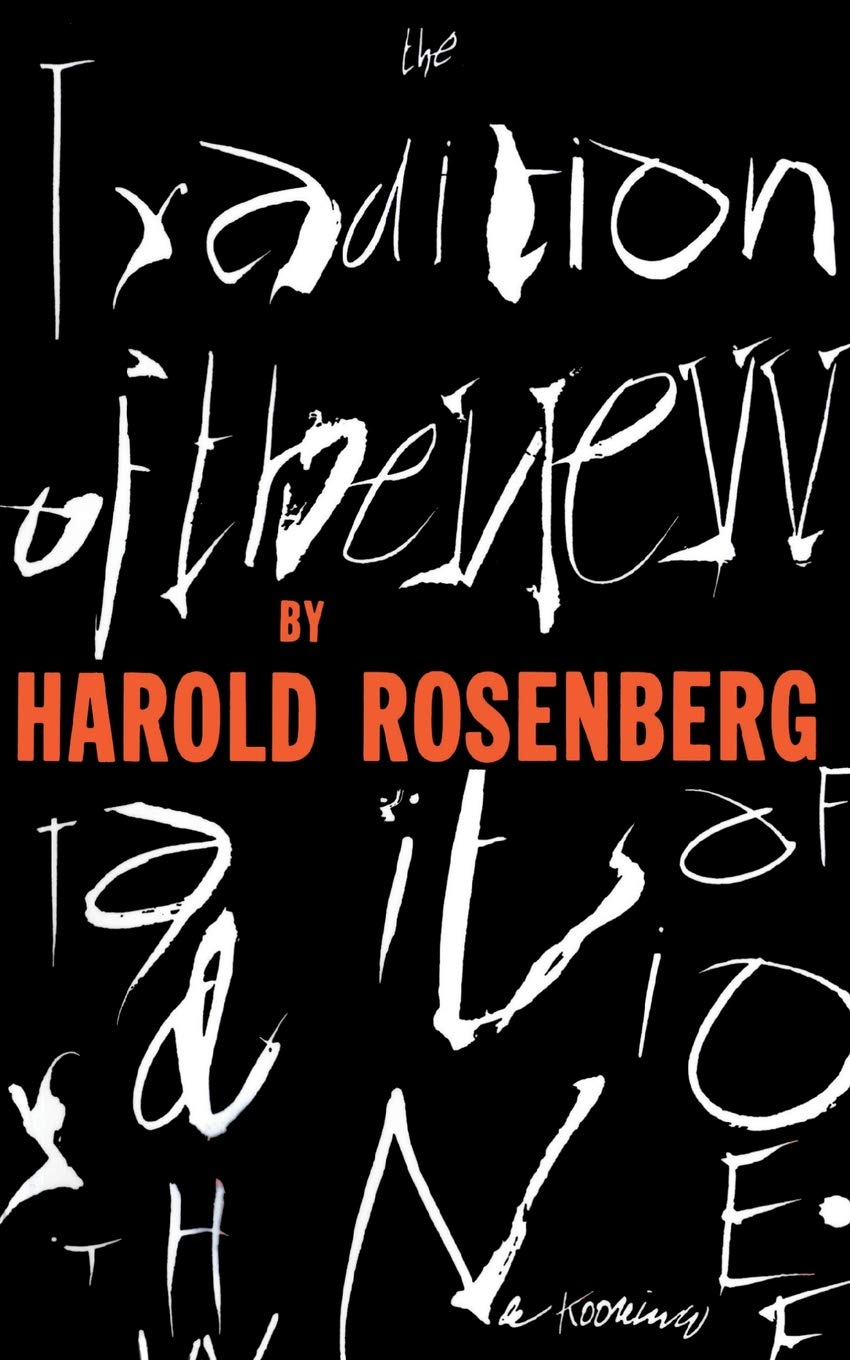
Addressing poetry, mass culture and social problems, Harold Rosenberg, professor at the University of Chicago and one of the most authoritative American art historians, offers his own theory of the “shifting centers of world cultural production. It was Rosenberg who coined the term “Action Painting” to redefine the essence of creativity, the goal of which is no longer the end result but the act of creation itself.
The problem of the fetish, I. WILLIAM PIETZ
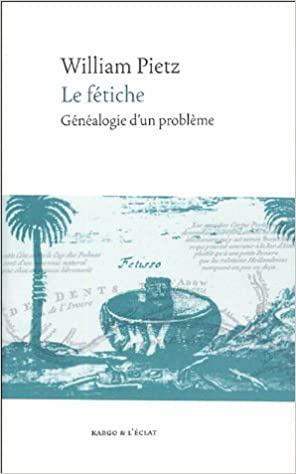
Using the concept of the fetish in different aspects and theories, from Marxism to psychoanalysis, in a trilogy of articles William Pitts examines the difference in the approach to fetishization among “civilized” and “uncivilized” peoples. The book is interesting not so much for its stated theme as for its rather nontrivial remarks on the dubious differences between Christian and African cultures with respect to cult objects.
“A Suprematist Tale of Two Squares” by El Lissitzky
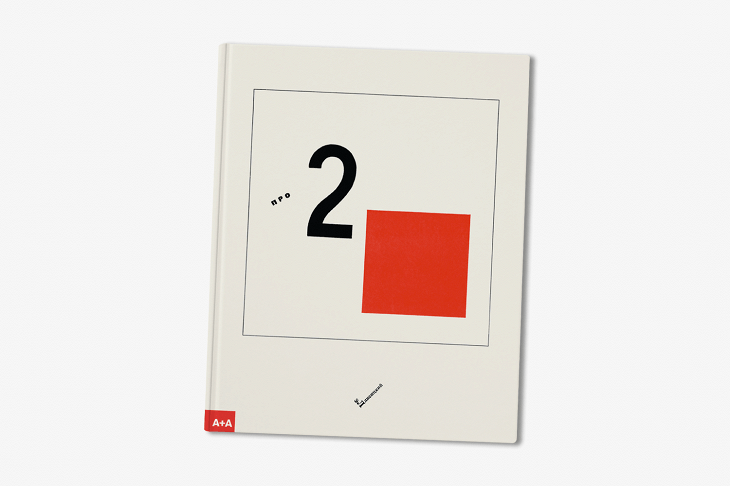
Lisitsky first published the book “Suprematist Tale”, intended for children, in Berlin in 1922. According to the artist’s idea, “The Tale” tells of the birth of a new world (the “Red Square”) and the struggle with the old one (in the form of the “Black Square”) and largely reflects the ideological disputes between Lissitzky himself and his teacher Malevich. The story of confrontation reveals the potential of non-objective art to visualize the hidden processes on which creativity and the universe are built: matter, movement, space and time.
“Look Again: How to Experience the Old Masters” by Ossian Ward
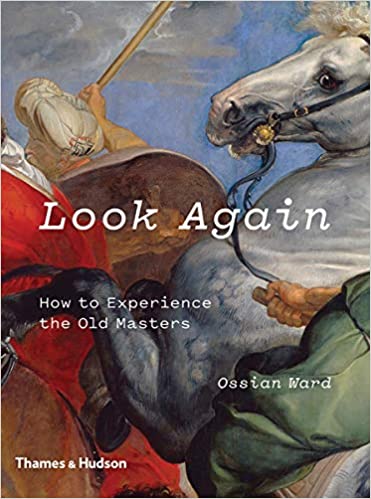
The art critic Ossian Ward, who previously published “The Art of Looking. How to Perceive Contemporary Art,” this time suggests “closing the distance between the old masters and us” by looking at the art of yesteryear through the lens of philosophy, drama, paradox and horror: “If you see artistic beauty as something … inscrutable rather than just something to admire and enjoy, it will reveal a depth and will open you to wonders that are not visible, being in some way hidden under layers of paint.
MSGM 10! The (in)complete Brand Anthology
Rizzoli
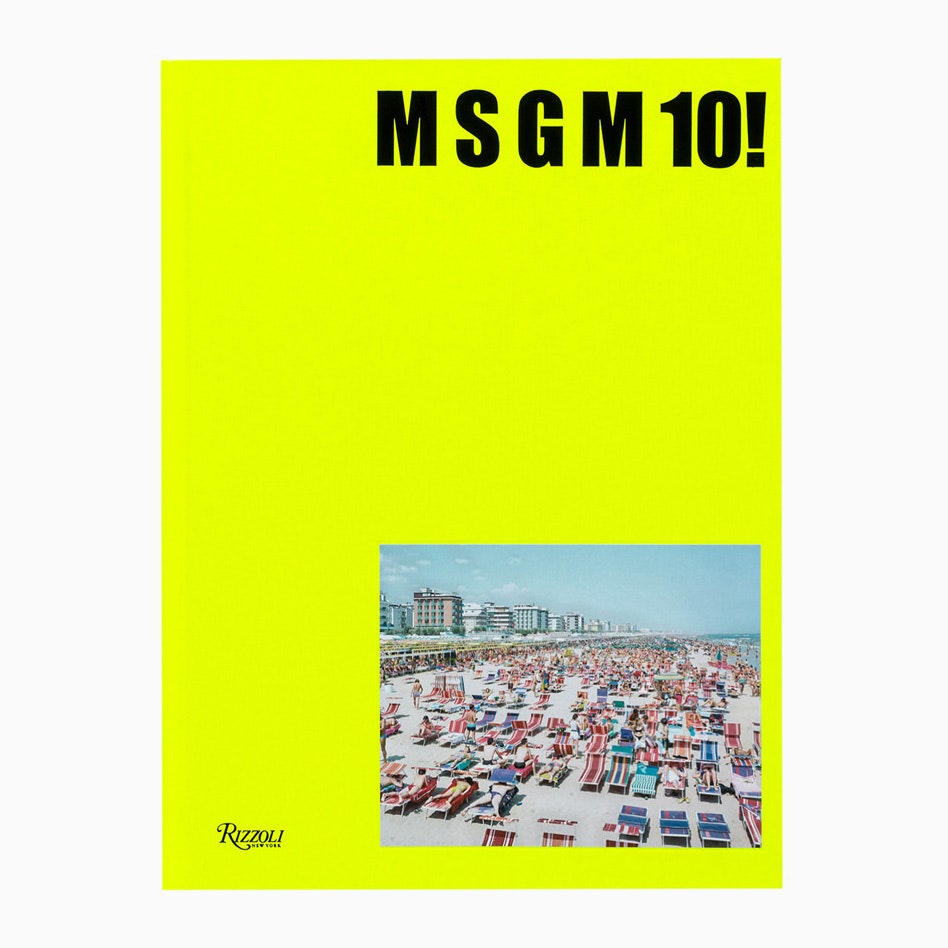
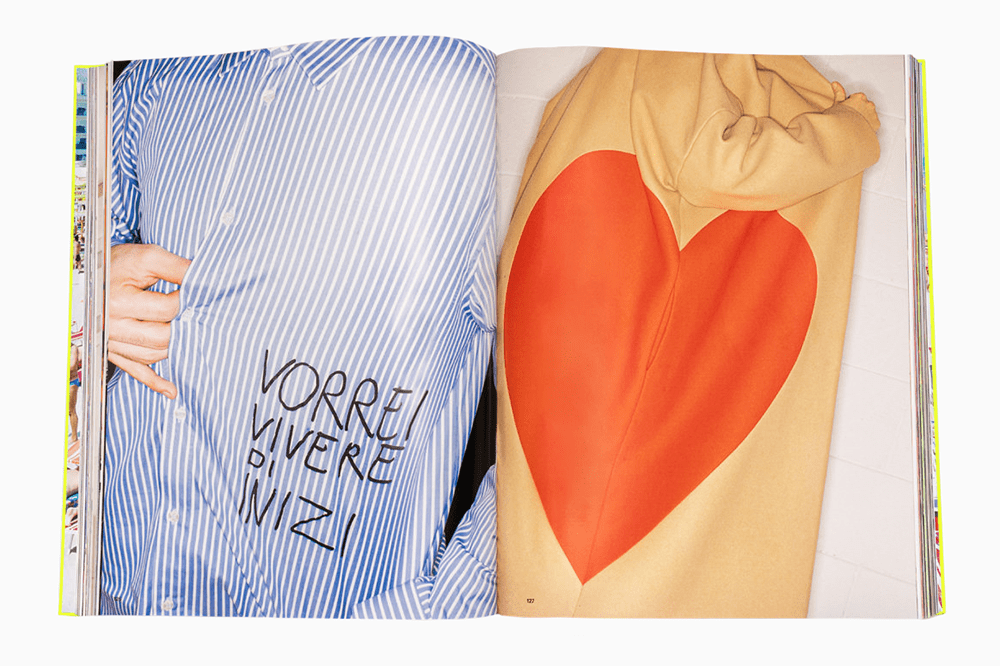
For the tenth anniversary of his brand Massimo Giorgetti published a bright book, collecting the main shows and advertising campaigns of the brand, as well as fittings and other behind the scenes shots and insights about the designer himself. The MSGM collections in detail and his collaborations with the music industry and the art world: the anthology published in December by Rizzoli has it all.
Crafts of the Kingdom: Culture and Creativity in Saudi Arabia
Assouline, 2020
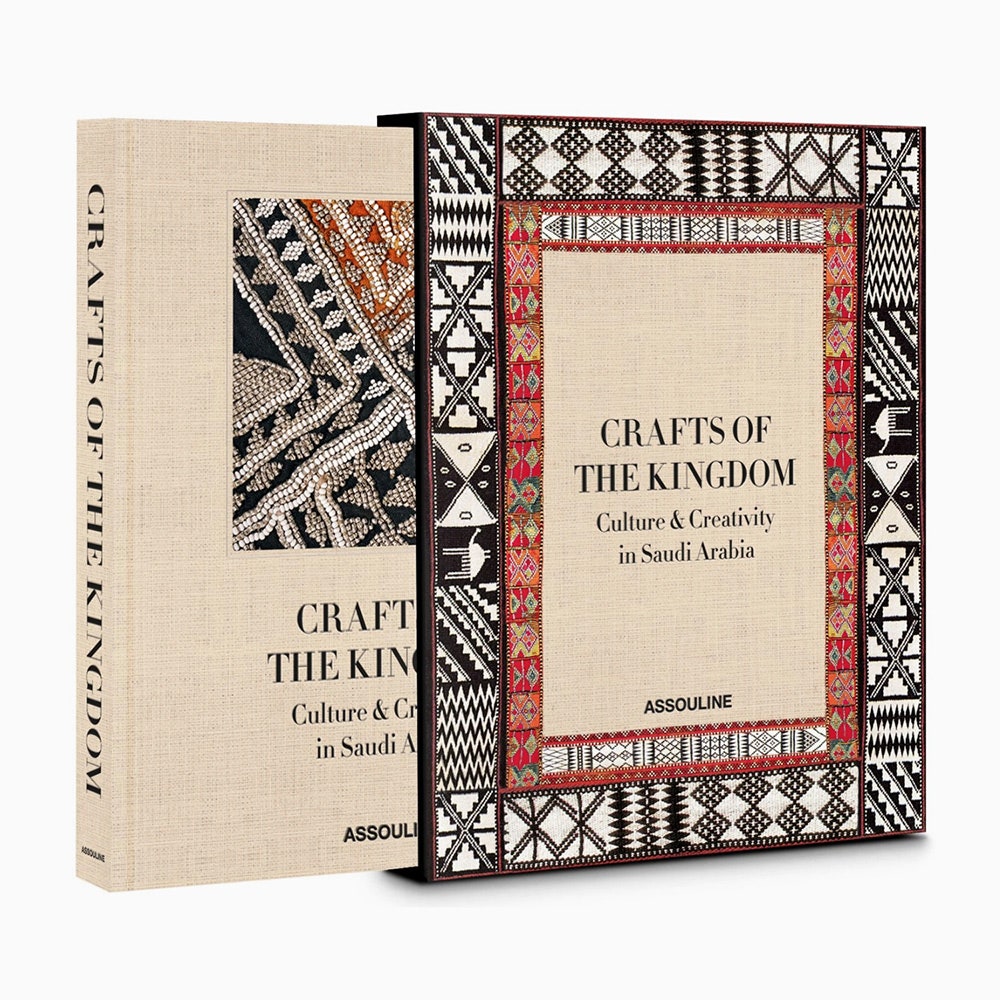
Saudi Arabia opened to tourists of all faiths only recently–last fall–and soon found itself as inaccessible to them because of the pandemic as almost the rest of the world. Local culture and traditions are explored in Assouline’s new book, which deals with crafts and art as well as other creative fields. Looking at contemporary and historical images, it takes you from the capital Riyadh, for example, to the mountainous region of al-Baha. Most of the kingdom’s land is covered with sands, but this one is full of green forests and valleys, with the “marble” village of Dhi Ain, the 1001 watchtower of stone, and more.
Davide Sorrenti Polaroids
Idea, 2020
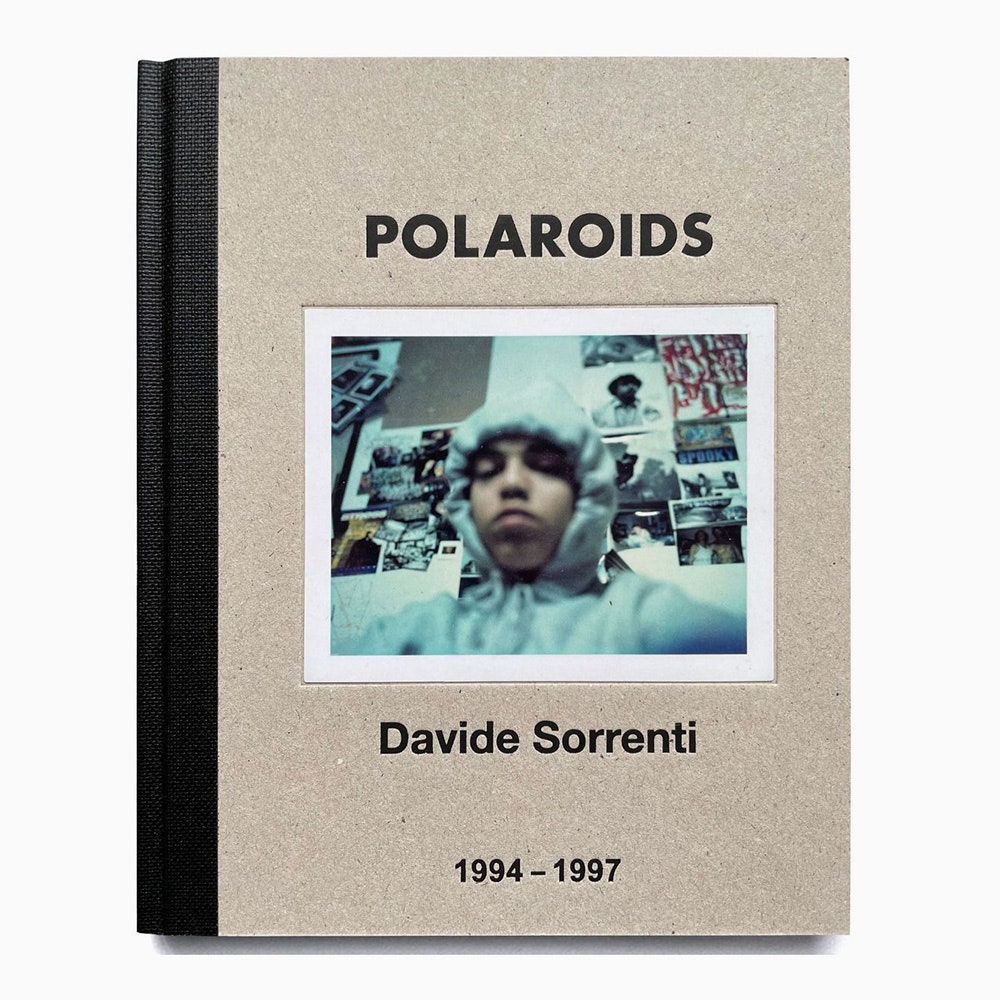
The mid-nineties through the eyes of Davide Sorrenti are captured in his new Polaroid book, published by Idea Publishers in London 25 years later. During his years of active shooting, this New York photographer of Neapolitan origin, who died at the age of 20, paid a great deal of attention to skateboarding, rap and gangsta culture, regularly taking portraits of friends, models, homeless people, and other subjects from his environment. Davide’s mother, Francesca Sorrenti, worked with Idea on the publication, revealing a more personal side to him in the second book of images.
Christo and Jeanne-Claude
Taschen, 2020
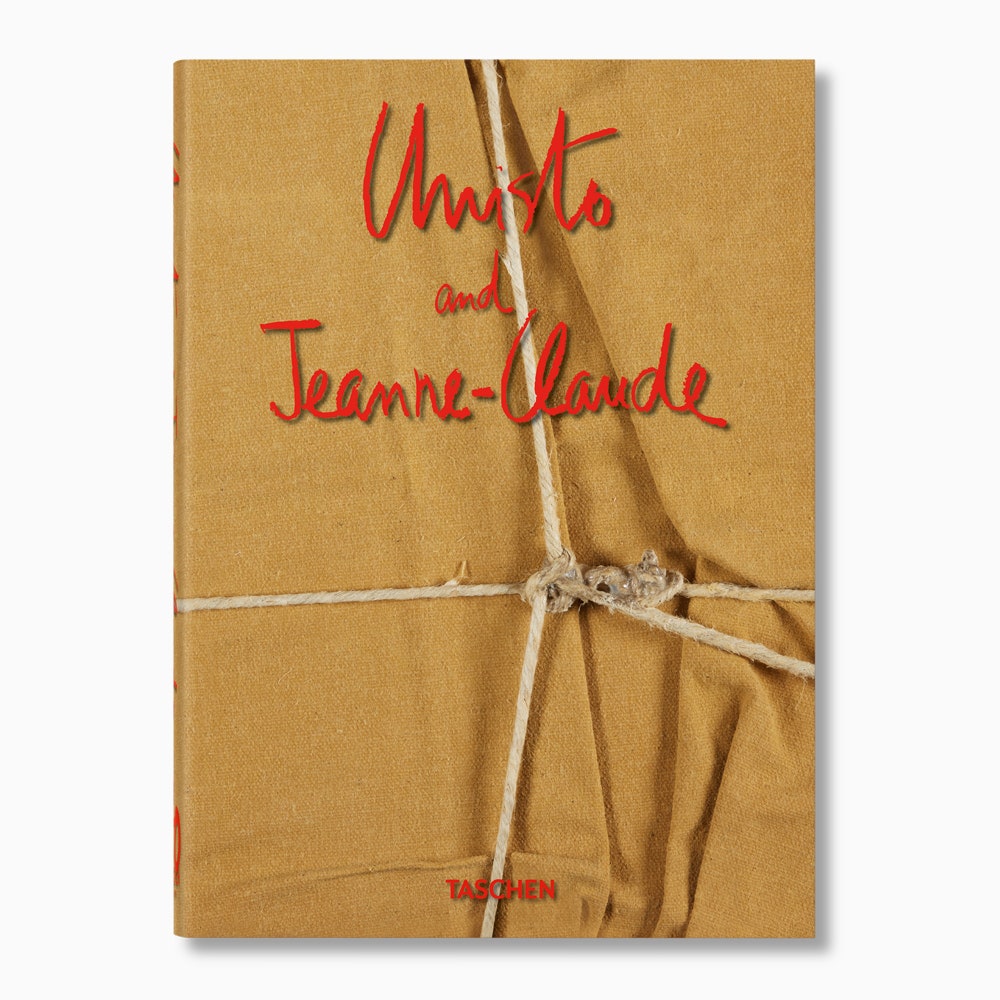
At the end of May 2020, Hristo Yavashev, an artist who wrapped everything from the Reichstag and the Pont Neuf in Paris to chairs and sparkling wine bottles in cloth or polyethylene, passed away. Christo and his wife and collaborator Jeanne-Claude have already been featured here, and any lover of the couple’s art will definitely want to have the large version of the book, published this fall by Taschen, on hand.






